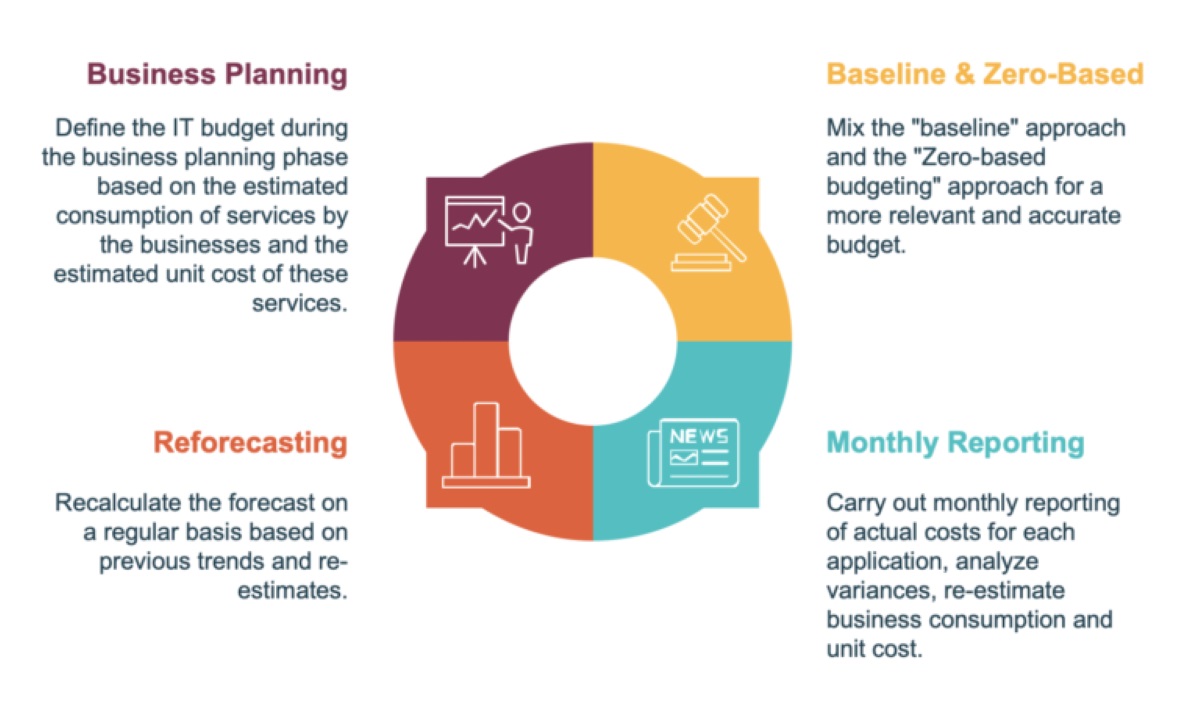

Finance
Crossover Refunding Definition
Published: November 6, 2023
Learn the meaning of crossover refunding in finance and how it impacts the financial industry. Gain insights into this financial concept and its significance.
(Many of the links in this article redirect to a specific reviewed product. Your purchase of these products through affiliate links helps to generate commission for LiveWell, at no extra cost. Learn more)
Crossover Refunding Definition: A Smart Financial Move
Are you familiar with the concept of crossover refunding? If you’re a finance enthusiast or an investor, this term might have caught your attention. In this blog post, we’ll dive into the world of crossover refunding and explore how it can be a smart financial move for individuals, companies, or even municipalities. Let’s explore what crossover refunding is all about and why it’s worth considering.
What is Crossover Refunding?
Crossover refunding refers to a financial strategy where an issuer refinances a bond issue well before its call date at a lower interest rate, usually by issuing a new bond. This approach allows the issuer to take advantage of favorable market conditions and benefit from the difference in interest rates between the existing bond and the newly issued bond. Essentially, crossover refunding involves replacing an existing bond with a new bond to achieve cost savings.
Key Takeaways:
- Crossover refunding is a financial strategy where an issuer refinances a bond issue at a lower interest rate by issuing a new bond.
- The goal of crossover refunding is to benefit from favorable market conditions and lower borrowing costs.
Now that we understand the basic definition, let’s explore why crossover refunding can be a smart financial move:
1. Cost Savings
Crossover refunding enables issuers to save money by taking advantage of lower interest rates. When market conditions are favorable, refinancing an existing bond at a lower rate can result in substantial cost savings over the life of the bond. This can be particularly beneficial for entities that have issued bonds with higher interest rates in the past and have the opportunity to refinance at a lower rate.
2. Improved Financial Flexibility
By implementing crossover refunding, issuers gain increased financial flexibility. This strategy allows them to reallocate funds and direct them towards other important areas, such as infrastructure projects, expansion plans, or debt reduction. The cost savings achieved through crossover refunding can free up resources and enhance financial stability, enabling issuers to pursue their financial goals more effectively.
In conclusion, crossover refunding can be a smart financial move for entities seeking to optimize their borrowing costs and improve financial flexibility. By taking advantage of favorable market conditions and refinancing at a lower rate, issuers can achieve cost savings and redirect funds towards other strategic initiatives. If you’re considering pursuing crossover refunding, make sure to consult with financial experts who can guide you through the process and maximize your benefits.














